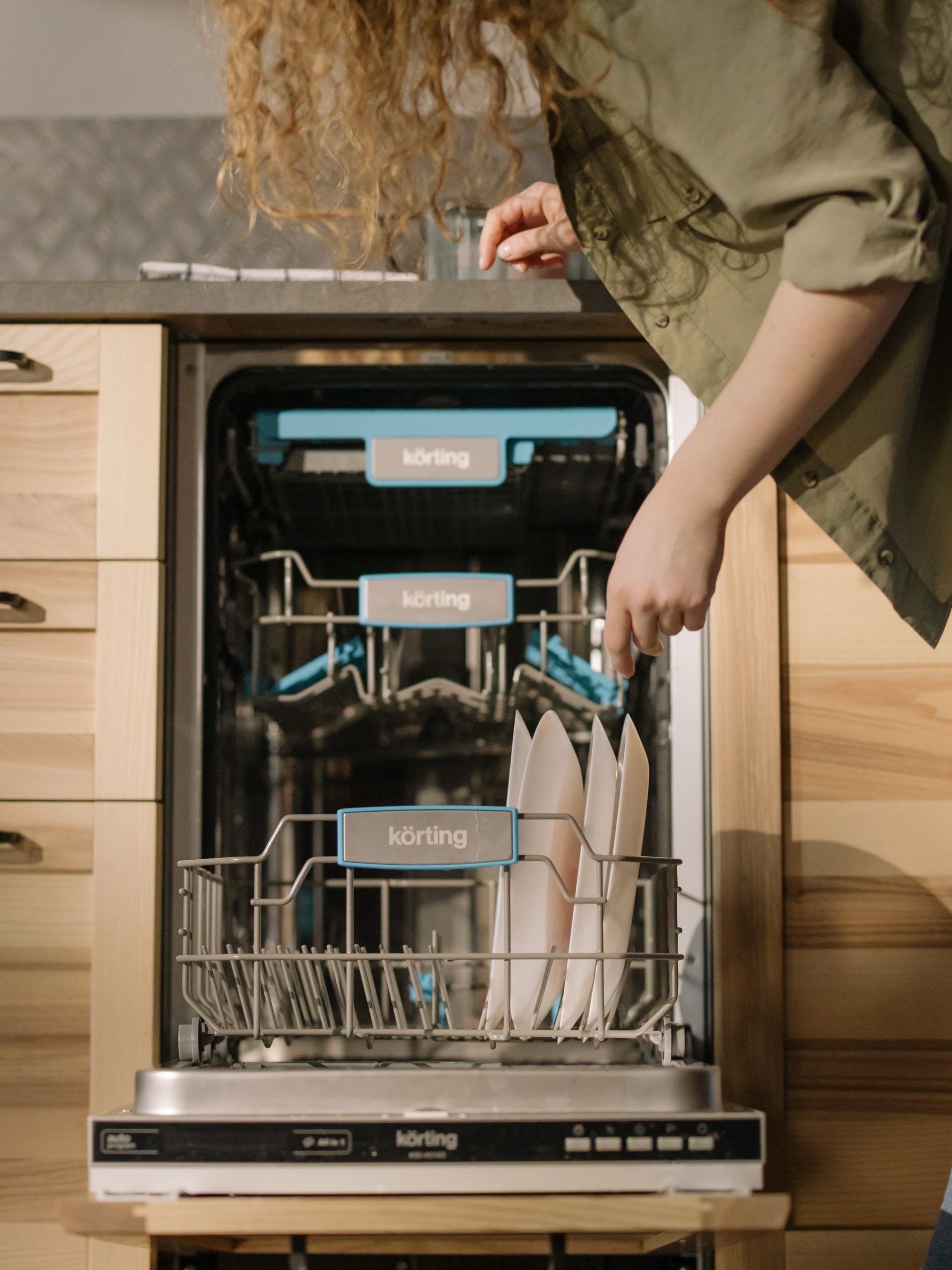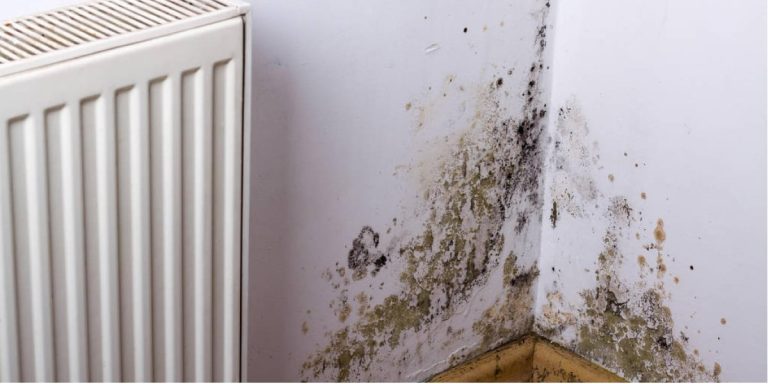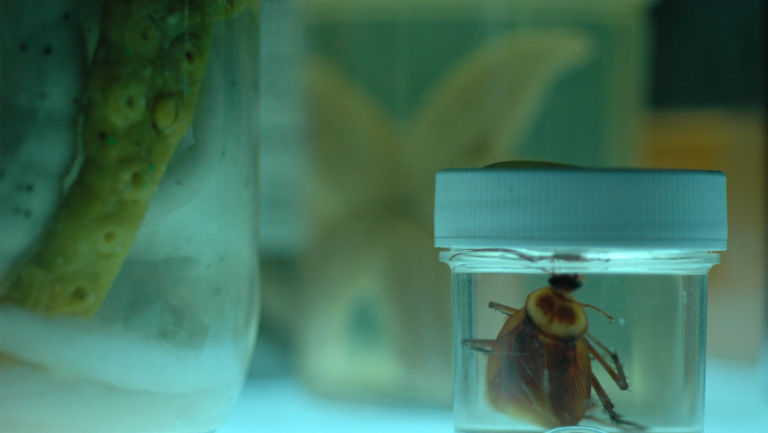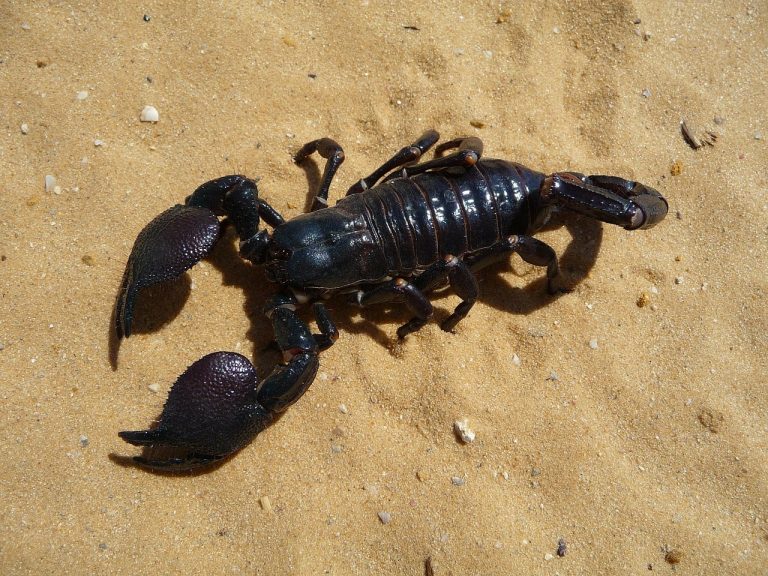How to Clean Mold in Dishwasher?
Dishwashers are useful tools, especially when we don’t have time for manual washes. But sometimes they can be prone to buildups of mold that we can’t see or access. Luckily, there has been a way to effectively and deeply clean your washers. Mold can cause serious concerns about the condition of your home and the potential for health-related problems that mold can trigger.
A common mold breeding ground is right inside your dishwasher. Mold thrives in warm, dark, and damp places. It also loves leftover food particles and soap residue. With a little elbow grease and some basic cleaning supplies, you can remove even the most stubborn mold deposits and keep them from coming back.
Like any other household appliance, dishwashers come with their own set of challenges – both mechanical and in this case, fungal too! The thought of having a mold invasion in your trusty dish-washing friend isn’t pleasant but it’s a modern-day reality, with some studies showing over 60% of household dishwashers carrying a form of mold.
What is mold?
Mold is a type of fungus. It grows in multicellular filaments or strings called hyphae. It’s those fuzzy and thread-like bits that give mold its weird and wonderful looks, and because there are many different types of fungi, it can take a number of forms.
Mold grows from spores that float around in the air, so no home is truly immune from its presence. Molds also cause household damage and food spoilage, they do good stuff too. In fact, not only are mold important for making tasty things like cheese but they are also used to make the antibiotics that fight off disease when we are ill.
How do you know if you have a moldy dishwasher?
You may possibly have mold in your dishwasher and you may likely not know, many forms of molds are tiny and some kinds can be colorless, so they can be very hard to spot. To be on the safe side, it’s best to assume that you do have mold in some crevices of your dishwasher that may not even be obvious to your naked eyes.
If your dishwasher smells of musty odor or mildew, that’s already a bad sign. Mold spores can survive without growing or being visible, they will just sit around and wait for the right conditions to grow and spread. For mold spores, the right conditions are humid, warm, and moist just like the inside of your dishwasher.
Why mold is there in the dishwasher?
Mold breeds best in environments that are warm, damp, and dark. This makes your dishwasher the perfect environment for these molds to thrive. This mold can even survive long wash cycles on the highest heat, which is why it is important to tackle it with a thorough and deep clean.
Look for mold around rubber seals and crevices, where you may not normally look, such as the door seal, drain covers, gaskets, and detergent holders.
How to tackle mold in the dishwasher?
It’s simple to clean mold these molds, the easiest way is a scrub with hot, soapy water, but before you get to the cleaning stage, simply:
- Remove the racks, rotor and drain strainer, place them in the sink and wash them by hand in hot, soapy water.
- Grab a bottle brush or an unused toothbrush and use it to scrub the rubber parts and crevices of your washer.
- You can use a scrub brush for larger surfaces. Use this where applicable
- Move on to the drain opening and seal around the door. Once done, it should be folded back to clean the undersides of both sides.
- Run a damp, clean sponge to clear any excess mold for extra care.
- Dry the drain strainer (that is if you were able to remove them), racks, and rotor and place them back into the dishwasher. The next step is moving on to disinfecting the dishwasher.
First, you have to disinfect your dishwasher. After clearing the mold, you can now disinfect your dishwasher. There are a variety of options to use such as vinegar, a coat of baking soda, or bleach (Only go for bleach if your dishwasher doesn’t have a stainless steel interior) This is because bleach strips stainless steel of its color and causes permanent and expensive damages.
(1) To use vinegar, simply:
- Use a small, dishwasher safe bowl to set on the top rack of your empty dishwasher.
- Fill it with white vinegar. About one cup will be enough to kill any remaining mold.
- Close your dishwasher and run it, using the hottest setting available.
(2) To use baking soda, simply:
- Sprinkle a coat (about a half to one cup) of baking soda across the bottom of your dishwasher.
- Close the dishwasher.
- Run a short but hot water cycle. After the cycle, your dishwasher should be fresher and cleaner with a pleasant smell.
(3) To use bleach (optional) simply:
- Add one cup of bleach to the bottom of the dishwasher.
- Run a full wash cycle.
- Repeat these steps every three months to make sure your dishwasher is still running clean and tidy.
(Optional) for a flawless finish, you can also –
Run your dishwasher with a commercial dishwasher cleaner. Then you can hand clean all of your surfaces with a four-to-one water and vinegar mixture. If your dishwasher doesn’t have a stainless steel interior, kindly go for four-to-one water and bleach concentrate instead.
How can you prevent molds from returning?
Is one thing to clean your dishwasher from molds and it’s another thing to prevent it from returning. Below are the ways you can prevent it from returning:
- Keep your dishwasher open just a crack. Doing this will definitely prevent nasty smells from building up, which will discourage mold growth.
- If your dishwasher falls open when you try to keep it ajar, you can leave the odor fully open for an hour after the washing cycle is complete. This is just as effective as keeping it ajar, it also allows the dishwasher to dry completely, eliminating mold from returning.
- Apply these same steps every month or two can have a strong result for your dishwasher and give mold no chance of returning. Check your dishwasher over for any returning mold and if there is none, which means everything is okay.
How to work with your dishwasher to prevent mold?
Always clean up visible food bits left in the machine with paper towels and a mild detergent. Once a month, run the machine empty to rinse it out thoroughly and keep it working well. You need to clean the accessories and parts that make up the dishwasher. So take out any removable racks and the utensils holder. Also, clean off any food debris with paper towels or a damp cloth. Using an all-purpose cleaner, wipe down and disinfect t







